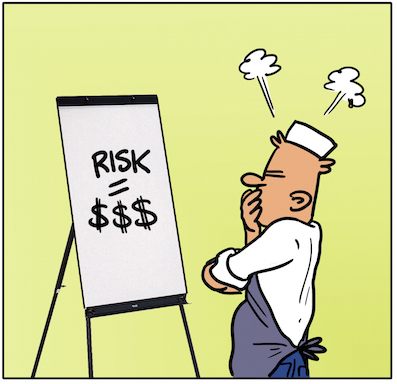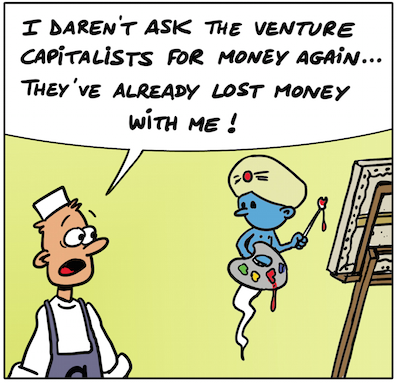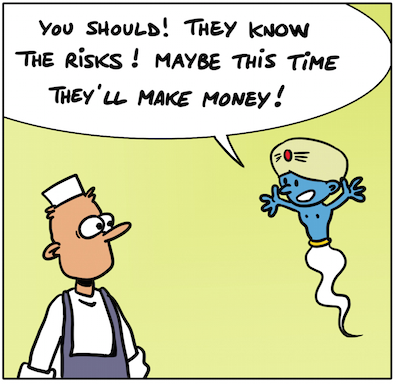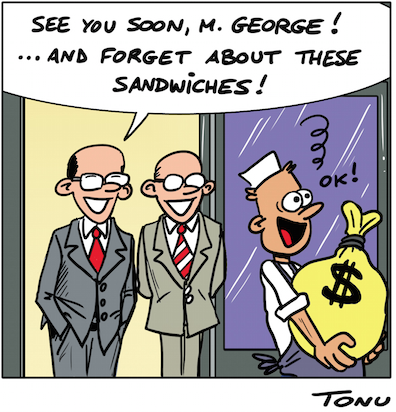-
Difficult to draw up a balance sheet for disruptive Transformations
Whether it is an Enterprise start-up or disruptive Transformation in an existing Enterprise, the risk is considerable.
In truth, the deeper the Transformation, the more difficult it is to predict the financial consequences: there is always one part risk in any Transformation, which explains why financial talents alone are not sufficient to make a decision; we need to have deep fundamental beliefs about the viability of a Transformation.
Few innovative Enterprises were started by financiers: risk taking requires a Competence and a Business vision. A Transformation often succeeds because the initiator has an innovative vision of his/her Market and does not follow in the footsteps of his/her colleagues.
Startup Business Plans are never respected: investors know this well and give priority to the trust placed in the management team over unpredictable financial forecasts. They nevertheless want a Business Plan that acts as a reference point and is updated progressively to reflect events. -
The right usage before profitability
Aware of the difficulty of establishing a realistic balance sheet in disruptive Transformations, investors have modified their approach in 3 stages:
- Stage 1: prove that the Product or Solution works. With a new product, for example, we have to find the right usage
- Stage 2: create volume and get a large share of the market
- Stage 3: look for profitability
Recent experiences with new technologies have shown that seeking profitability from the outset generally leads to failure.
-
Do not be embarrassed to fail
We cannot alway win: it is by investing in several startups that investors spread their risks.
The Entrepreneur or project manager in the Enterprise should not be embarrassed about failing: the experience gained increases the likelihood of success of future Transformations.
And, once again, do not hesitate to give up on a Transformation if it proves to be inefficient.

The story of George the Baker is made available under the terms of the
Creative Commons Attribution - NoDerivatives 4.0 International license.



